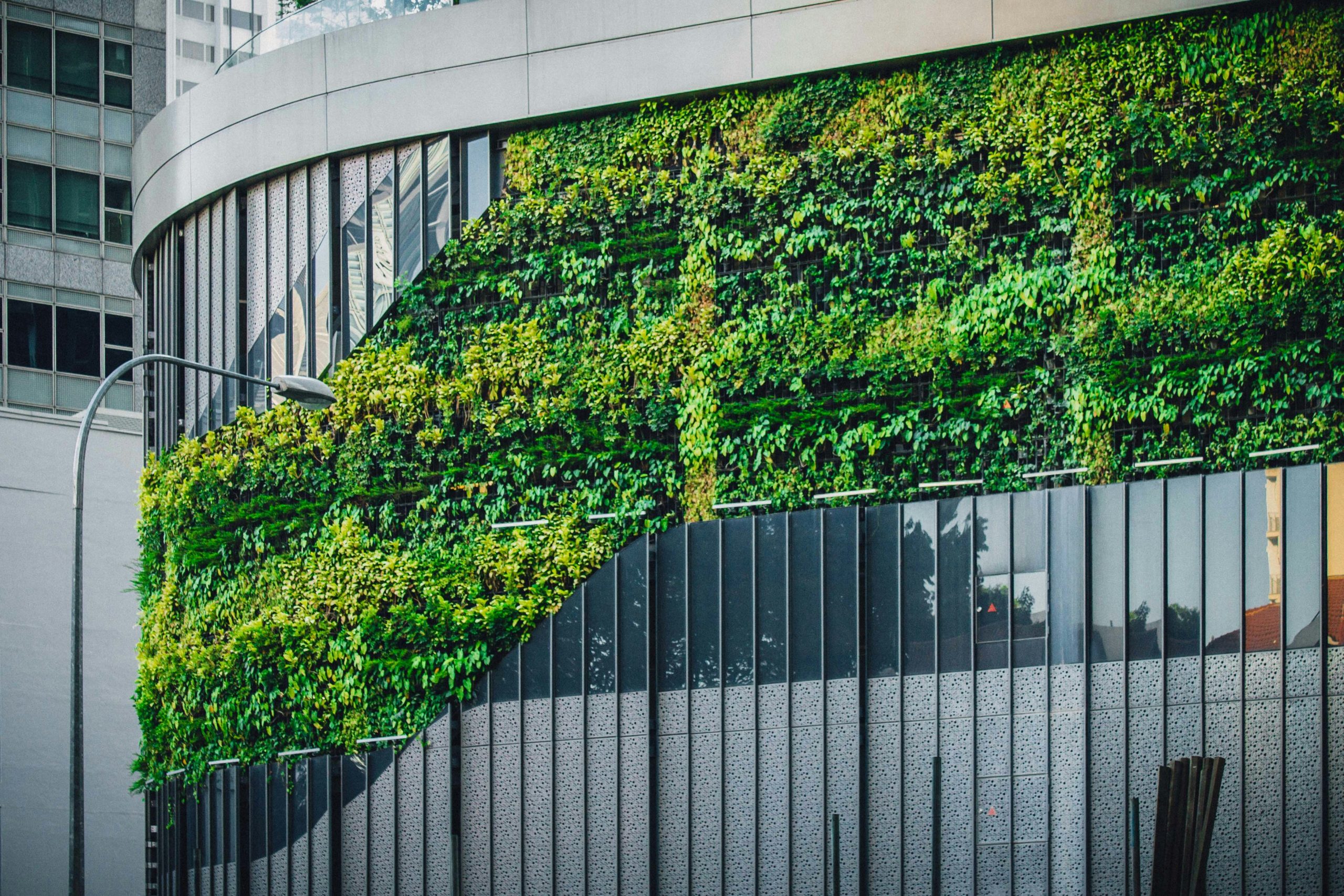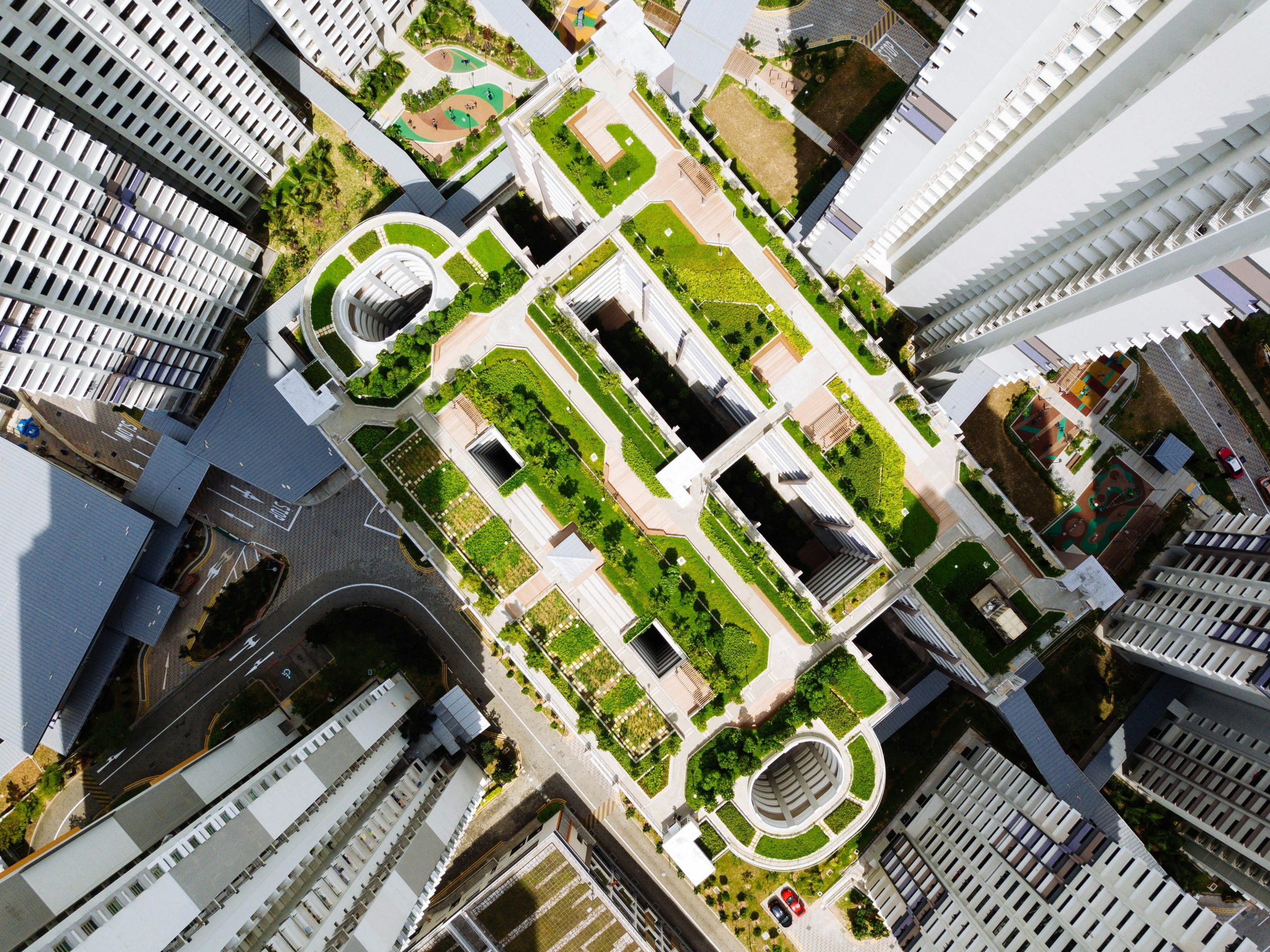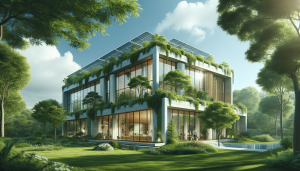Hey everyone! Today, we’re diving into the fascinating world of sustainable architecture. Ever wondered what goes into creating buildings that are not only efficient and environmentally friendly but also aesthetically pleasing? Together, let’s explore how sustainable architecture aims to reduce our ecological footprint while enhancing the quality of life with innovative design and construction techniques. From energy-efficient materials to green building practices, we’ll discover the multifaceted strategies used to promote sustainability in our built environment. Have you ever wondered what sustainable architecture is and why it’s becoming such a buzzword in our modern society? We certainly have, and it turns out it’s a fascinating and essential topic. As we move forward in an era where environmental conscientiousness is paramount, understanding sustainable architecture (also known as green architecture or eco-friendly architecture) not only enriches our knowledge but also empowers us to make more informed choices in our personal and professional lives.

Understanding Sustainable Architecture
What is Sustainable Architecture?
Sustainable architecture refers to designing and constructing buildings that minimize environmental impact. This often involves using renewable energy sources, reducing waste, and creating a healthier living environment. But it’s more than just energy savings—it’s a holistic approach that includes economic and social benefits as well.
Why is it Important?
The importance of sustainable architecture lies in its ability to reduce the negative impacts of the construction industry on our planet. Buildings are responsible for a significant percentage of global energy use, waste, and greenhouse gas emissions. By incorporating sustainable practices, we help mitigate climate change, conserve natural resources, and create more sustainable societies.
History of Sustainable Architecture
Sustainable architecture isn’t a new concept. Ancient civilizations demonstrated resourcefulness and efficiency in their building methods. However, the modern movement gained traction in the 1960s and 1970s in response to increasing awareness of environmental issues. Since then, it has evolved significantly, driven by technological advancements and the growing urgency to address climate change.
Principles of Sustainable Architecture
Energy Efficiency
One of the cornerstones of sustainable architecture is energy efficiency. This principle emphasizes designing buildings that consume less energy and rely more on renewable energy sources, like solar and wind power.
Common Practices for Energy Efficiency:
| Practice | Description |
|---|---|
| Passive Solar Design | Using the sun’s energy for heating and cooling spaces naturally. |
| High-Performance Insulation | Reducing the need for artificial heating and cooling. |
| Energy-Efficient Appliances | Utilizing appliances that use less energy without compromising performance. |
Water Conservation
Water conservation is another critical element. Sustainable buildings often incorporate systems that reduce water consumption and ensure efficient usage.
Strategies for Water Conservation:
| Strategy | Description |
|---|---|
| Low-Flow Fixtures | Fixtures that use less water while maintaining performance. |
| Rainwater Harvesting | Collecting and using rainwater for various needs like irrigation. |
| Greywater Systems | Reusing wastewater from sinks, showers, and washing machines for non-potable uses. |
Sustainable Materials
Using sustainable materials in construction minimizes the depletion of natural resources and reduces environmental pollution. This involves selecting materials that are recycled, recyclable, renewable, or locally sourced.
Benefits of Sustainable Materials:
- Reduced environmental footprint
- Improved indoor air quality
- Longevity and durability
Waste Reduction
Sustainable architecture also focuses on minimizing waste during and after the building process. This includes efficient construction techniques and the management of demolition waste.
Waste Reduction Techniques:
| Technique | Description |
|---|---|
| Prefabrication | Manufacturing building components off-site to reduce on-site waste. |
| Construction Waste Management | Recycling construction debris and reducing landfill impact. |
| Deconstruction | Carefully dismantling buildings to reuse materials. |
Indoor Environmental Quality (IEQ)
Creating healthy indoor environments is essential for occupant well-being. This involves managing air quality, lighting, thermal comfort, and acoustics.
Enhancing IEQ:
| Method | Description |
|---|---|
| Use of Low VOC Materials | Reducing pollutants from building materials. |
| Natural Ventilation | Promoting fresh air circulation. |
| Ample Daylighting | Maximizing natural light to reduce reliance on artificial lighting. |
Key Components and Techniques of Sustainable Architecture
Green Building Certifications
Several certifications help define and standardize sustainable architecture practices. Programs like LEED (Leadership in Energy and Environmental Design), BREEAM (Building Research Establishment Environmental Assessment Method), and WELL Building Standard provide frameworks for designing, constructing, and operating high-performance buildings.
Renewable Energy Systems
Incorporating renewable energy systems, such as solar panels, wind turbines, and geothermal heating, is integral to sustainable architecture. These systems reduce reliance on non-renewable energy sources and lower overall carbon emissions.
Innovative Building Technologies
Technological innovations are continually enhancing sustainable architecture. Smart building systems, energy management platforms, and advanced materials like phase-change materials (PCMs) contribute to smarter, more efficient buildings.
Urban Green Spaces
Integrating green spaces within urban environments improves air quality, supports local biodiversity, and enhances residents’ quality of life. These spaces, including green roofs, vertical gardens, and community parks, can play a pivotal role in urban sustainable architecture.
Case Studies and Examples
The Edge – Amsterdam, Netherlands
The Edge is often cited as one of the world’s most sustainable office buildings. It features energy-efficient systems, extensive use of natural light, and advanced technologies for energy management.
Bullitt Center – Seattle, USA
The Bullitt Center is designed to be a net-zero energy building. It uses rainwater harvesting, composting toilets, and extensive solar panels, showcasing many principles of sustainable architecture.
Bosco Verticale – Milan, Italy
Bosco Verticale, or “Vertical Forest,” consists of residential towers with lush, planted balconies. These green towers improve air quality, provide habitat for urban wildlife, and offer residents a unique connection to nature.

The Benefits of Sustainable Architecture
Environmental Benefits
Sustainable architecture helps reduce carbon emissions, conserves natural resources, and promotes biodiversity. It’s a crucial strategy in combating climate change and promoting ecological resilience.
Economic Benefits
From an economic perspective, sustainable buildings can offer significant cost savings in terms of energy and water bills. Furthermore, green buildings often have higher property values and can attract higher rents and sale prices.
Health and Well-being Benefits
Buildings designed with sustainability in mind often provide healthier living and working conditions. Improved air quality, natural lighting, and thermal comfort can enhance the occupants’ overall well-being.
Social Benefits
Sustainable architecture promotes a sense of community and can enhance social equality by providing affordable and accessible green spaces. It fosters a connection to the environment and encourages sustainable living practices.
Challenges and Considerations
Initial Costs
One of the primary challenges is the higher initial cost associated with sustainable building techniques and materials. However, these costs can be offset by the long-term savings and benefits.
Existing Infrastructure
Retrofit projects face challenges as older buildings may need significant modifications to meet sustainability standards. Navigating these limitations requires creative solutions and often more investment.
Regulatory and Policy Barriers
Lack of supportive regulations and policies can impede the adoption of sustainable architecture practices. Advocacy and collaborative effort between government, industry, and the public are essential to overcome these barriers.
Technological and Knowledge Gaps
There’s often a knowledge gap and technological lag in adopting cutting-edge sustainable practices. Continuous education and training for architects, builders, and stakeholders are crucial to staying current with advancements.

Future Trends in Sustainable Architecture
Biophilic Design
Biophilic design focuses on creating spaces that foster a connection to nature. This trend not only addresses environmental impact but also enhances occupant well-being by integrating natural elements into the built environment.
Net-Zero and Positive Energy Buildings
The future is leaning towards net-zero energy buildings that produce as much energy as they consume. Positive energy buildings take it a step further, generating more energy than needed and contributing to the grid.
Smart and Responsive Buildings
Advancements in smart technologies enable buildings to adapt dynamically to changing conditions, optimize resource use, and enhance efficiency. These technologies range from intelligent energy management systems to automated building controls.
Circular Economy in Construction
The circular economy concept is gaining traction in sustainable architecture. It emphasizes building designs that enable materials to be reused, repurposed, or recycled, significantly reducing waste and resource consumption.
How Can We Support Sustainable Architecture?
Educate Ourselves and Others
Understanding the principles and benefits of sustainable architecture is the first step. By sharing knowledge and raising awareness, we can encourage broader acceptance and implementation.
Support Green Building Projects
Choosing to support and invest in green building projects, whether residential or commercial, promotes sustainable architecture and sets a precedent for future developments.
Advocate for Policy Changes
Getting involved in advocacy for policies that support sustainable architecture can drive significant change. This includes lobbying for incentives, stricter building codes, and more funding for green projects.
Incorporate Sustainable Practices at Home and Work
Implementing sustainable practices in our daily lives, from energy-saving measures to sustainable material choices, helps reinforce the importance and feasibility of sustainable architecture.

Conclusion
Sustainable architecture is more than just a trend; it’s a necessary evolution in building design and construction that addresses critical environmental, economic, and social challenges. By embracing sustainable practices, we can significantly reduce our carbon footprint, improve our quality of life, and create healthier, more resilient communities. The path to sustainability is ongoing and evolving, and each of us has a role to play in fostering a greener future through the buildings we live and work in. Together, let’s inspire and support sustainable architecture for the well-being of our planet and future generations.


